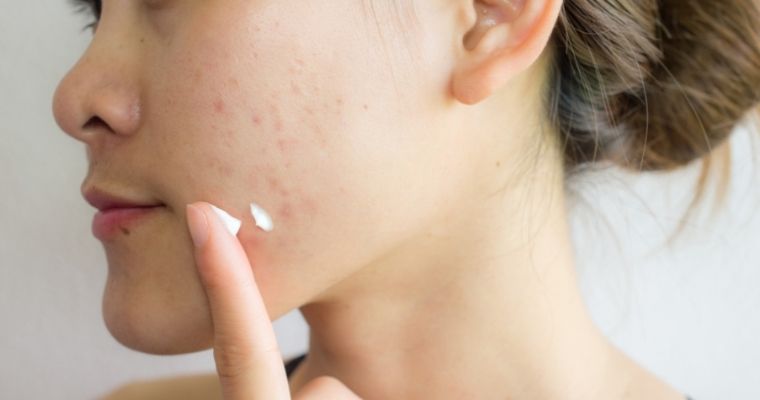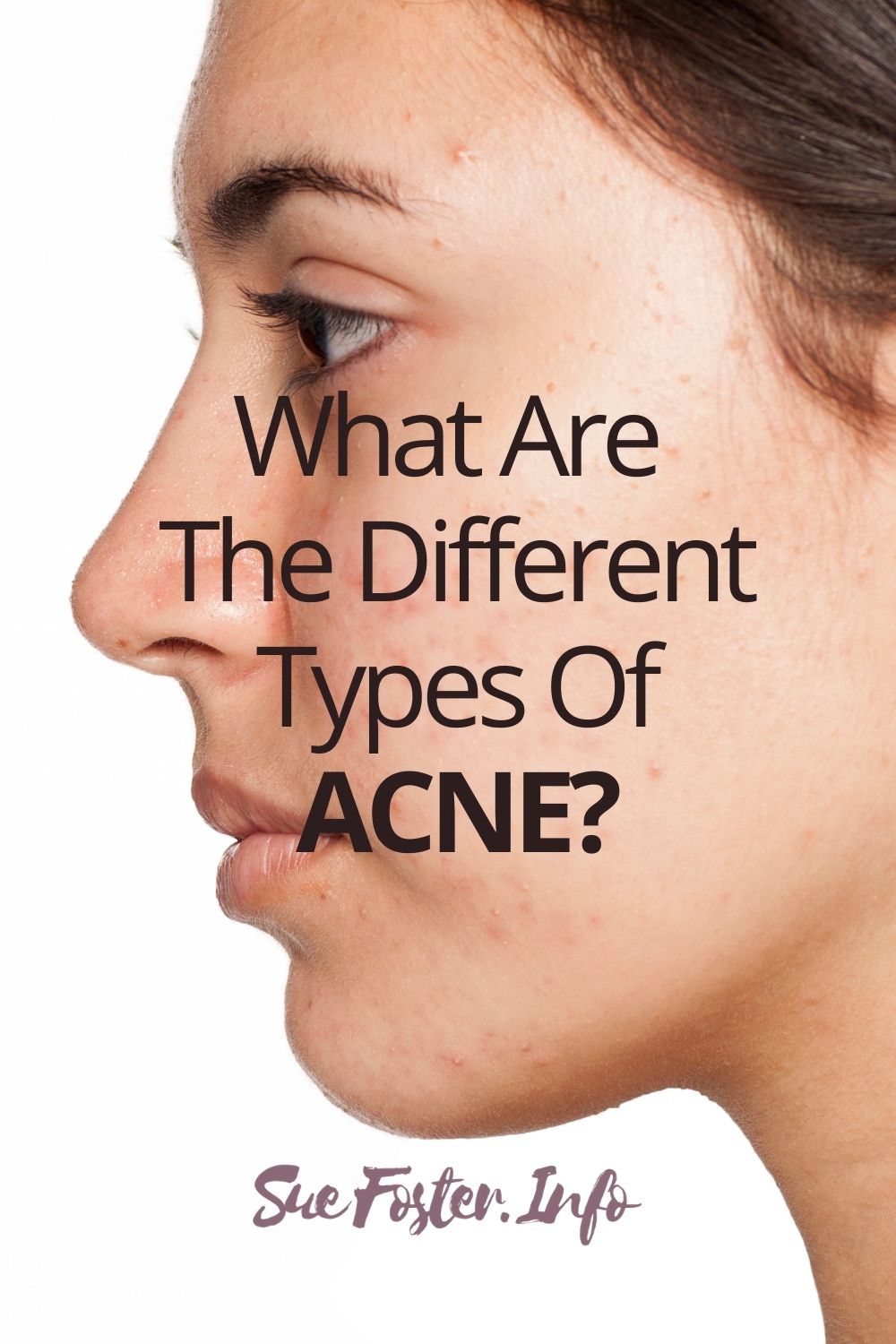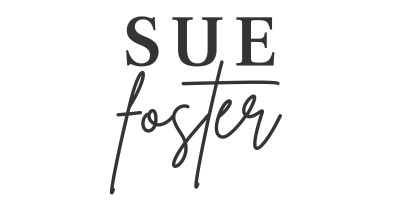Acne can present itself in various different forms. You may be wondering what are the different types of acne? This post will take you through them.

A Comedo
A comedo is the beginning of acne. The comedo is an enlarged hair follicle plugged with oil and bacteria residing under the surface of your skin, that waits for the right conditions to grow into an inflamed lesion.
Whenever the skin produces more oil, the bacteria grow within the swollen follicle. The surrounding skin becomes increasingly inflamed as your white blood cells fight against the intruders. Two main types of acne include non-inflammatory acne and inflammatory acne.
The common symptoms of acne include persistent, recurrent red spots or swellings on the skin known as spots, pimples or zits. The spots become inflamed and get filled with pus.
Non-inflammatory acne
Closed comedo:
If the plugged follicle stays below the surface of the skin, the lesion is called a closed comedo and appears on the skin as small, whitish bumps commonly known as whiteheads.
Open comedo:
If the plug enlarges and pushes through the surface of the skin, the lesion is called an open comedo.
These occur when a pore is only partially blocked leaving a portion open to the surface causing the trapped oil, bacteria and dead skin cells that contain skin pigment to drain to the surface of your skin and oxidize, this gives them the appearance of being brown or black in colour. The dark colour is often mistaken for dirt, but this is not the case. This condition is known as a blackhead.
Inflammatory acne
Papule:
This looks like a small, firm pink bump on the skin. Papules are tender in nature and are often considered an intermediary step between non-inflammatory and clearly inflammatory lesions.
Nodules:
Nodules are much larger than other forms of acne and can be very painful. They are large, hard bumps under the skin surface and often cause
scarring and impaction which can lead to future flare-ups.
Tip: Nodules and Papules must never be squeezed as this will make your condition worse and may even cause scarring.
Pustule:
These are small round lesions that are inflamed and contain visible pus, which appears red at the base with a yellowish or whitish centre. Pustules do not contain large amounts of bacteria. The inflammation is caused by chemical irritation from sebum components such as fatty free acids.
Cyst:
These are large pus-filled lesions that are usually present deep within the skin. The cysts are inflamed and very painful. Cysts form from the contents of a comedo spilling over the surrounding skin and due to the response of the local immune system in producing pus. The cysts often leave deep scars.
Acne Conglobata:
This is a rare but serious form of inflammatory acne that develops primarily on the back, buttocks, and chest. In addition, to the presence of pustules and cysts, there may be a severe bacterial infection.
The age of onset for acne conglobata is usually between 18 and 30 years old and it is more likely for males to get the condition than it is for females.
It should also be noted that acne conglobata can stay active for many years, lying dormant until something causes it to resurface.
Pyoderma Faciale:
This type of severe acne affects only females, usually between the ages of 20 to 40 years of age. It is characterized by large painful nodules, pustules and sores that may leave scarring.
Forming abruptly, pyoderma faciale may occur on the skin of a woman who has never had acne before. Generally, this type of extreme acne is confined to the face, and though it usually does not last longer than a year, it can cause a great deal of damage in a very short time.
The Acne Cure: The Revolutionary Nonprescription Treatment Plan That Cures Even the Most Severe Acne and Shows Dramatic Results in As Little As 24 Hours.
Note: I bought this book years ago and it did help improve my acne!
Gram-Negative Folliculitis:
A gram-negative folliculitis is a form of extreme acne caused by an inflammation of the follicles caused by bacterial infection: This condition is characterized by pustules and cysts. It has been determined in some cases of the disorder that its development is caused by a complication resulting from long-term antibiotic treatment of acne vulgaris.
The reason that this form of acne is called “gram-negative” relates to the fact that gram is a type of blue stain used for laboratory testing for a microscopic organism. Bacteria that do not stain blue are referred to as “gram-negative.”
Like other forms of extreme or severe acne, gram-negative folliculitis is a rare condition, and we do not know whether it is more common in males or females as it has been documented in both.
Acne Fulminams:
This type of severe acne is an abrupt onset of acne conglobata that typically afflicts young men. The symptoms of severe nodulocystic, often ulcerating acne.
As with normal cases of acne conglobata the lesions cover large portions of the extremities and the facial region, including the disfiguring scars that can eventually develop. Yet what makes acne fulminans unique in that it also includes fever symptoms, aching of the joints, particularly the knees and hips, and varying degrees of weight loss that depend upon the individual.
Getting A Correct Diagnosis
Rosacea, skin allergies and Eczema can sometimes closely resemble Acne, so it is important to get the correct diagnosis should you experience these symptoms.
Further Reading:
What causes or aggravates acne.
Effective Affordable Products For Spot Prone Skin.



